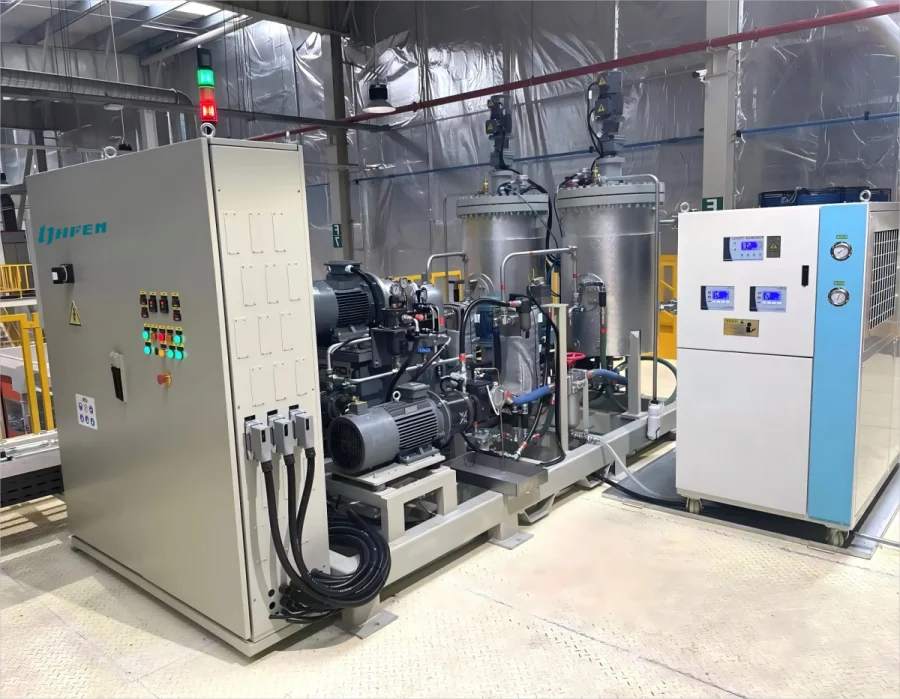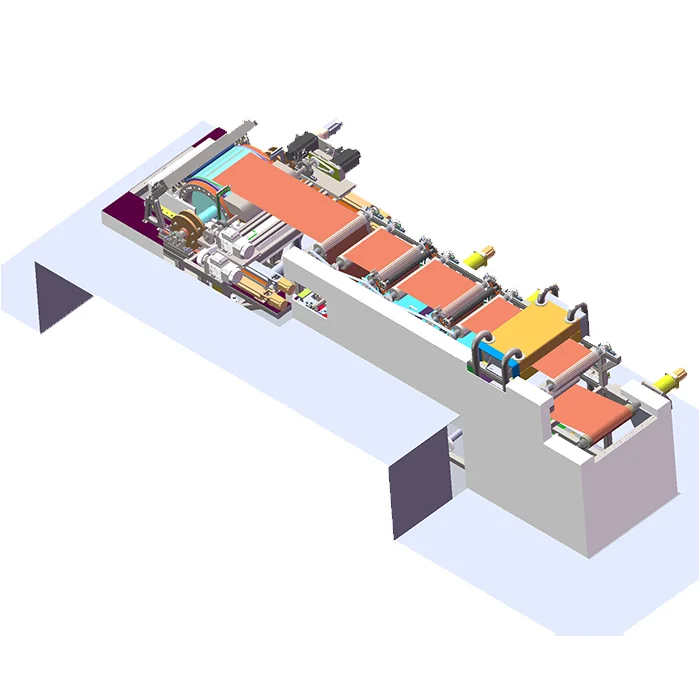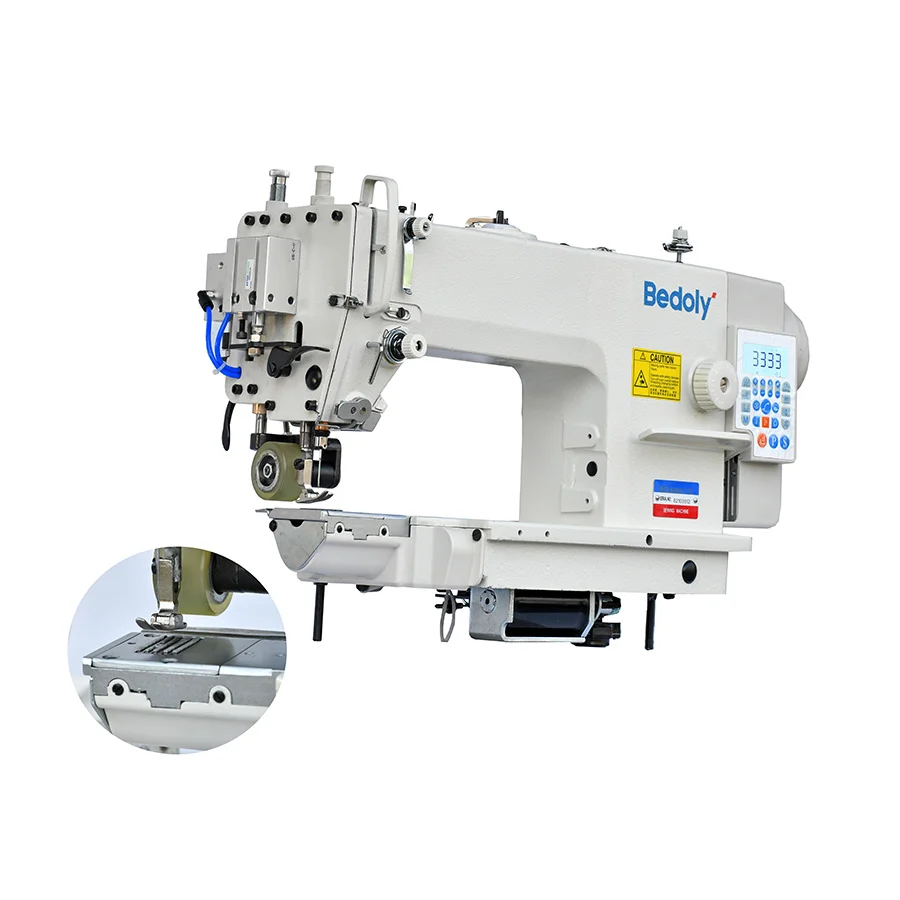Working principle of solar tracker slew drive
3 min readSolar energy is one of the most promising and sustainable sources of power in the world today. Harnessing this energy efficiently is a key challenge for the renewable energy industry. Solar trackers are devices that tilt and rotate solar panels to follow the sun's path across the sky, maximizing the amount of sunlight they receive. The slew drive is a critical component of these trackers, allowing for precise and reliable movement. In this blog post, YOJU will explore the working principle of solar tracker slew drive for sale, their components, and how they contribute to the efficiency of solar power systems.
Introduction to Solar Trackers
Solar trackers are designed to improve the efficiency of photovoltaic (PV) systems by increasing the solar energy capture. They do this by adjusting the angle and orientation of solar panels to align with the sun's position throughout the day. There are two primary types of solar trackers: single-axis and dual-axis trackers.
- Single-axis trackers rotate the panels along one axis, typically north-south, to follow the sun from east to west.
- Dual-axis trackers offer more flexibility, rotating on two axes to also adjust for the seasonal tilt of the sun.
Components of a Solar Tracker Slew Drive
The slew drive is the mechanical system that enables the movement of the solar panels. Here are the main components:
1. Motors: These are the power sources that drive the rotation of the panels. They can be electric, hydraulic, or even pneumatic.
2. Gearboxes: Attached to the motors, gearboxes reduce the speed of the motor while increasing the torque, which is necessary to move the heavy solar panels.
3. Axes: These are the pivot points around which the panels rotate. Single-axis trackers have one axis, while dual-axis trackers have two.
4. Structural Frame: A robust structure that supports the panels and the slew drive mechanism.
5. Control System: This includes sensors, controllers, and software that determine the position of the sun and calculate the necessary adjustments for the panels.
6. Actuators: These are the mechanical devices that convert the motor's rotary motion into the linear or angular movement of the panels.
7. Limit Switches: They are used to prevent the panels from rotating beyond their mechanical limits.

Working Principle of the Slew Drive
The working principle of a solar tracker slew drive involves several steps:
1. Sun Position Detection: The control system uses sensors, such as sun photometers or pyranometers, to detect the sun's position in the sky.
2. Calculation of Panel Position: Based on the sun's position, the control system calculates the required orientation of the solar panels to maximize sunlight exposure.
3. Motor Activation: The control system sends signals to the motors, instructing them to rotate in the necessary direction.
4. Gearbox Engagement: The motors turn the gearboxes, which in turn rotate the axes of the solar panels.
5. Panel Movement: The rotation of the axes moves the solar panels to the calculated position, aligning them with the sun.
6. Limit Switch Engagement: Once the panels reach the desired position, limit switches stop the motors to prevent over-rotation.
7. Continuous Monitoring and Adjustment: The system continuously monitors the sun's position and makes minor adjustments to the panel orientation to maintain maximum efficiency.
Benefits of Solar Tracker Slew Drives
1. Increased Efficiency: By tracking the sun, solar trackers can increase energy production by 20-30% compared to fixed-tilt systems.
2. Cost Reduction: The increased energy output can offset the initial cost of the tracker system, making it a cost-effective solution in the long run.
3. Adaptability: Slew drives can be adapted to various solar panel sizes and configurations, making them versatile for different applications.
4. Reliability: With proper maintenance, solar tracker slew drives are designed for long-term operation with minimal downtime.
5. Environmental Impact: By maximizing the use of solar energy, trackers contribute to reducing reliance on fossil fuels and lowering carbon emissions.
Conclusion
Solar tracker slew drives are an essential technology for maximizing the efficiency of solar power systems. By following the sun's path throughout the day, they ensure that solar panels receive the maximum amount of sunlight possible. As the renewable energy sector continues to grow, advancements in slew drive technology will play a crucial role in making solar energy more accessible and cost-effective. The future of solar energy looks bright, and the slew drive is a key component in this journey towards a sustainable energy future.
https://www.enyoju.com/Working-principle-of-solar-tracker-slew-drive.html
www.enyoju.com
YOJU



